
Top 5 Nutrients to Reduce Swelling in Feet and Legs
Top 5 Nutrients to Reduce Swelling in Feet and Legs
Do your feet or ankles feel swollen, puffy, or tight by the end of the day? Do you notice a dent or “pit” when you press on the area that takes a few seconds to disappear?
If so, don’t ignore it — this type of swelling, known as edema, can be a warning sign of deeper issues involving your circulation, heart, lymphatic system, or even nutritional deficiencies.
Swelling in the lower legs and feet is your body’s way of saying something is out of balance. Let’s uncover the root causes — and then dive into the top 5 nutrients scientifically shown to help reduce and prevent swelling naturally.
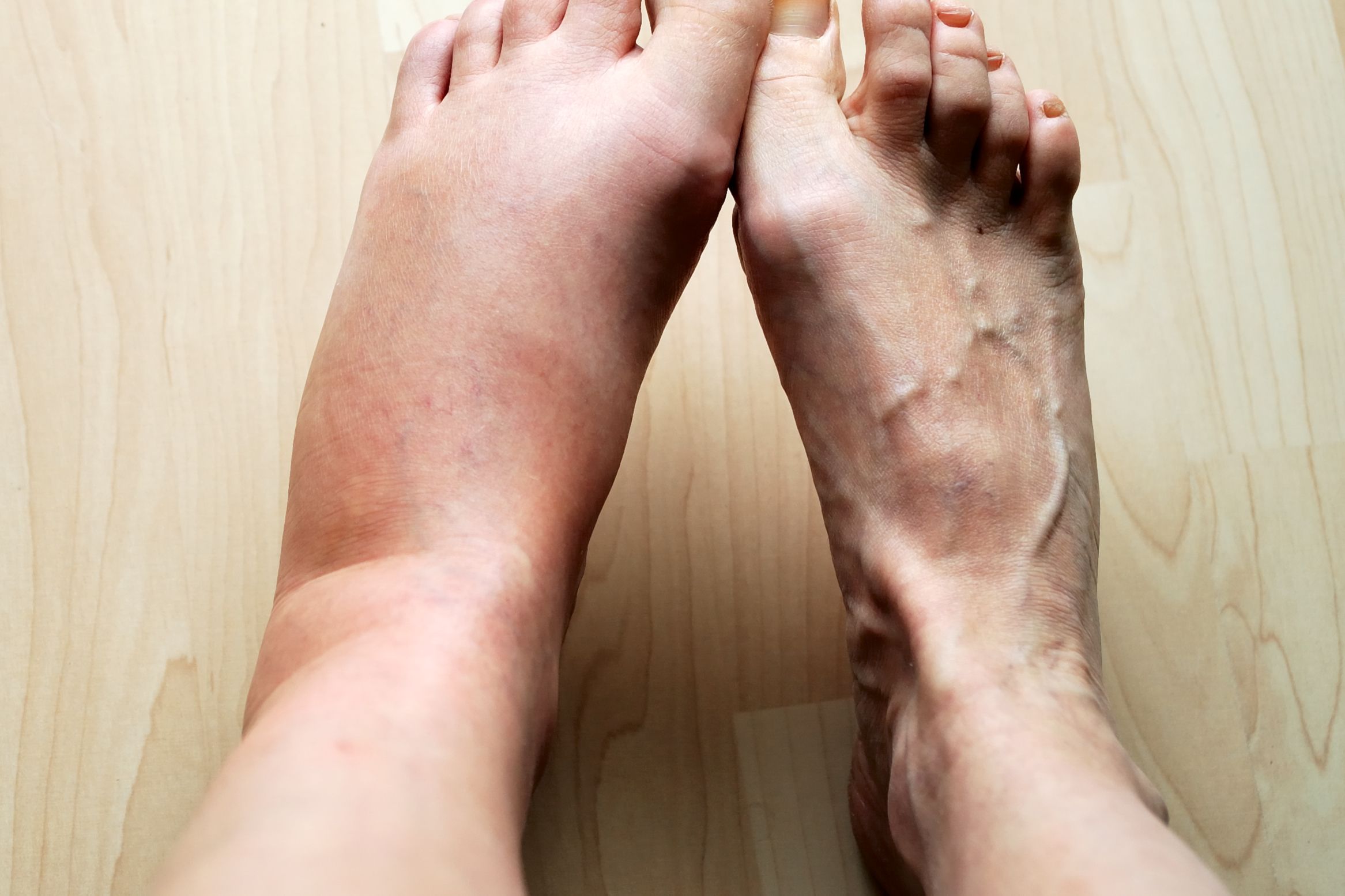
Understanding What Causes Swelling (Edema)
To understand why your feet and legs swell, you need to look at where the excess fluid comes from. There are two main fluid sources:
-
Plasma – the watery part of your blood that can leak through weakened vessel walls and collect in the lower extremities due to gravity.
-
Lymph fluid – a clear liquid that transports immune cells and waste through your lymphatic system, your body’s “drainage network.”
When lymph nodes are damaged, blocked, or overwhelmed, this system slows down. Waste, proteins, and even bacteria can build up in your tissues instead of being cleared out. Over time, this leads to visible puffiness, fluid retention, and inflammation — especially in your feet, ankles, and calves.
This backup puts extra strain on your liver and kidneys, which have to work overtime to filter toxins from your bloodstream.
Lifestyle and Age Factors
Certain lifestyle habits make swelling more likely:
-
Prolonged sitting or standing limits circulation and prevents blood from returning efficiently to your heart.
-
Processed foods loaded with salt, sugar, and refined oils promote inflammation and fluid retention.
-
Being overweight or obese adds pressure on veins, slowing blood flow.
-
Pregnancy increases blood volume and hormonal shifts that lead to temporary edema.
-
Aging weakens the valves in your leg veins, allowing fluid to pool instead of being pumped upward.
Even dehydration or poor posture can contribute to swelling by disturbing the body’s natural fluid balance.
Health Conditions That Can Cause Swelling
Beyond lifestyle, several chronic conditions can trigger or worsen edema:
-
Lymphedema – the buildup of protein-rich lymph fluid caused by damaged or removed lymph nodes, often following cancer treatment or infections.
-
High Blood Pressure – long-term hypertension weakens vein valves, causing blood to leak backward and pool in the legs. It also increases sodium and water retention.
-
Heart Failure – when the heart cannot pump blood effectively, fluid backs up in the veins, leading to ankle and leg swelling.
-
Liver Disease – a damaged liver (e.g., from cirrhosis) can’t produce enough albumin, a key protein that keeps fluid inside blood vessels.
-
Kidney Disease – damaged kidney filters (nephrons) leak albumin into urine, allowing fluid to seep into tissues and cause puffiness in the feet and ankles.
Certain medications — including antihypertensives, NSAIDs, diabetes drugs, steroids, and some antidepressants — can also contribute to swelling.
Now, let’s focus on the nutritional aspect. Deficiencies in specific nutrients can make swelling worse or slow the body’s ability to clear excess fluid.
The Top 5 Nutrients to Reduce Swelling in Feet and Legs
5. Vitamin B1 (Thiamine) – The Heart-Supporting Vitamin
A lack of vitamin B1, or thiamine, can lead to poor circulation and fluid buildup, especially in the lower body.
Thiamine plays a vital role in heart muscle function and blood vessel integrity. Without enough, your heart can’t pump efficiently, causing blood to pool in your legs.
In fact, studies show that up to one in three people with congestive heart failure are thiamine deficient. Supplementing with B1 has been found to improve heart output and reduce edema, regardless of the initial cause of heart failure.
Severe thiamine deficiency can lead to wet beriberi, a condition marked by swollen legs, fatigue, and shortness of breath.
Because vitamin B1 is water-soluble, your body doesn’t store it — you must replenish it daily through food or supplements.
Good food sources: pork, salmon, tuna, seaweed, legumes, sunflower seeds, whole grains, peas, and nutritional yeast.
Typical dosage: 5–30 mg three times daily for deficiency recovery.
4. Vitamin C – The Vessel Strengthener
Vitamin C is essential for making collagen, the protein that keeps blood vessels strong and elastic. When your vitamin C levels are low, vessels become fragile and leak fluid into surrounding tissues, causing swelling and inflammation.
This vitamin also functions as a powerful antioxidant, calming inflammation that can worsen edema. Low vitamin C can slow wound healing, weaken connective tissues, and even cause scurvy, which famously leads to swollen, bleeding legs and gums.
Best food sources: citrus fruits, bell peppers, broccoli, Brussels sprouts, tomatoes, and leafy greens.
Supplemental dose: 500–1,000 mg daily for maintenance; up to 2–5 g per day (split doses) to reduce inflammation and fluid buildup.
3. Vitamin D – The Anti-Inflammatory Regulator
Vitamin D deficiency is widespread and can quietly promote swelling through multiple pathways. It helps regulate the immune system and inflammation; without enough, inflammatory cytokines rise, encouraging fluid retention.
Vitamin D also aids calcium absorption, essential for bone and vascular health. Deficiency increases your risk of fractures in the feet and ankles and contributes to poor circulation.
A notable study found that 84% of people with bone marrow edema syndrome (BMOS) in the foot and ankle were vitamin D deficient — highlighting a strong link between D levels and lower-limb swelling.
Good sources: sunlight exposure, fatty fish (salmon, sardines, mackerel), cod liver oil, pastured egg yolks, and fortified foods.
Suggested supplement range: 2,000–5,000 IU daily for deficiency (standard recommendation is ~800 IU/day).
2. Potassium – The Fluid Balancer
Potassium is one of your body’s key electrolytes. It works hand-in-hand with sodium to control how much water your body retains. When potassium levels drop too low (a condition called hypokalemia), your kidneys reabsorb excess salt and water, leading to puffiness in the legs and feet.
Low potassium also weakens blood vessel walls, allowing even more fluid to leak into tissues. Restoring potassium helps your body eliminate extra fluid naturally through urine.
Potassium-rich foods: avocados, bananas, beets, spinach, sweet potatoes, lentils, and yogurt.
Recommended daily intake:
-
3,400 mg for men
-
2,600 mg for women
In some therapeutic cases, up to 6,000–8,000 mg daily may be beneficial under medical supervision. Always consult your healthcare provider before supplementing, especially if you have kidney or heart disease.
1. Omega-3 Fatty Acids – The Inflammation Fighter
At the top of the list are omega-3 fatty acids, especially EPA and DHA, found in cold-water fish. These healthy fats have potent anti-inflammatory effects that help reduce swelling and improve circulation.
Omega-3s lower triglyceride levels, reduce stiffness in blood vessels, and modulate the immune response — all of which contribute to less fluid retention.
Best food sources: salmon, mackerel, sardines, tuna, and herring.
Krill oil is an especially powerful supplement option because:
-
It delivers omega-3s in the phospholipid form, which the body absorbs more efficiently than standard fish oil.
-
It naturally contains astaxanthin, a red antioxidant that enhances anti-inflammatory action and supports heart and joint health.
Recommended dosage:
-
General health: 1,000–2,000 mg combined EPA + DHA daily
-
For inflammation/swelling: 3,000–4,000 mg daily (under medical supervision)
Always consult your doctor before starting omega-3 supplements if you’re on blood thinners or have seafood allergies.
Final Thoughts
Swelling in your legs and feet isn’t just a cosmetic issue—it’s a message from your body. While poor circulation, inactivity, or certain health conditions can all play a role, nutrient deficiencies are an often-overlooked cause.
By restoring optimal levels of vitamins B1, C, and D, potassium, and omega-3 fatty acids, you can help your body rebalance fluids, strengthen blood vessels, and reduce inflammation naturally.
Pair these nutrients with simple lifestyle habits—daily movement, reduced salt intake, proper hydration, and elevating your legs when resting—and you’ll take a major step toward healthier circulation and lighter, more energized legs.
Because when your body has the right nutrients, it can finally do what it’s designed to do best: heal, circulate, and thrive.
News in the same category

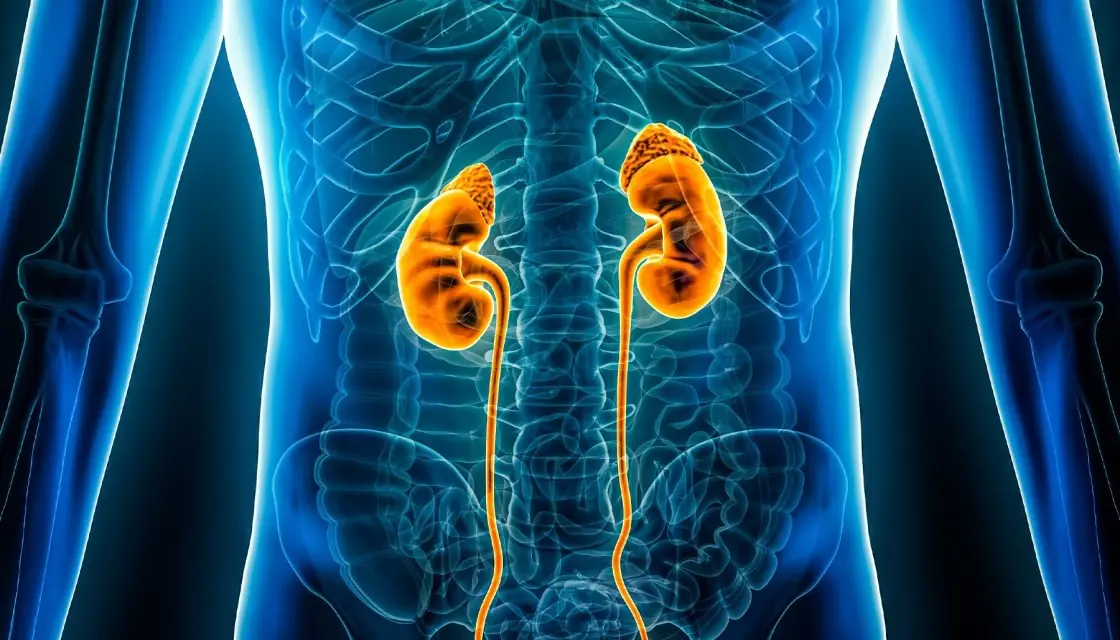
IF YOUR BODY SHOWS THESE EARLY WARNING SIGNS YOU NEED TO GET YOUR KIDNEY CHECKED FAST
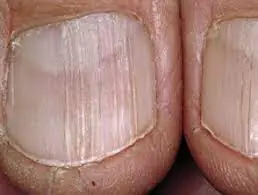
Vertical Nail Ridges? Here’s What Causes Them — and How to Fix It

If you sleep with socks on, see what happens
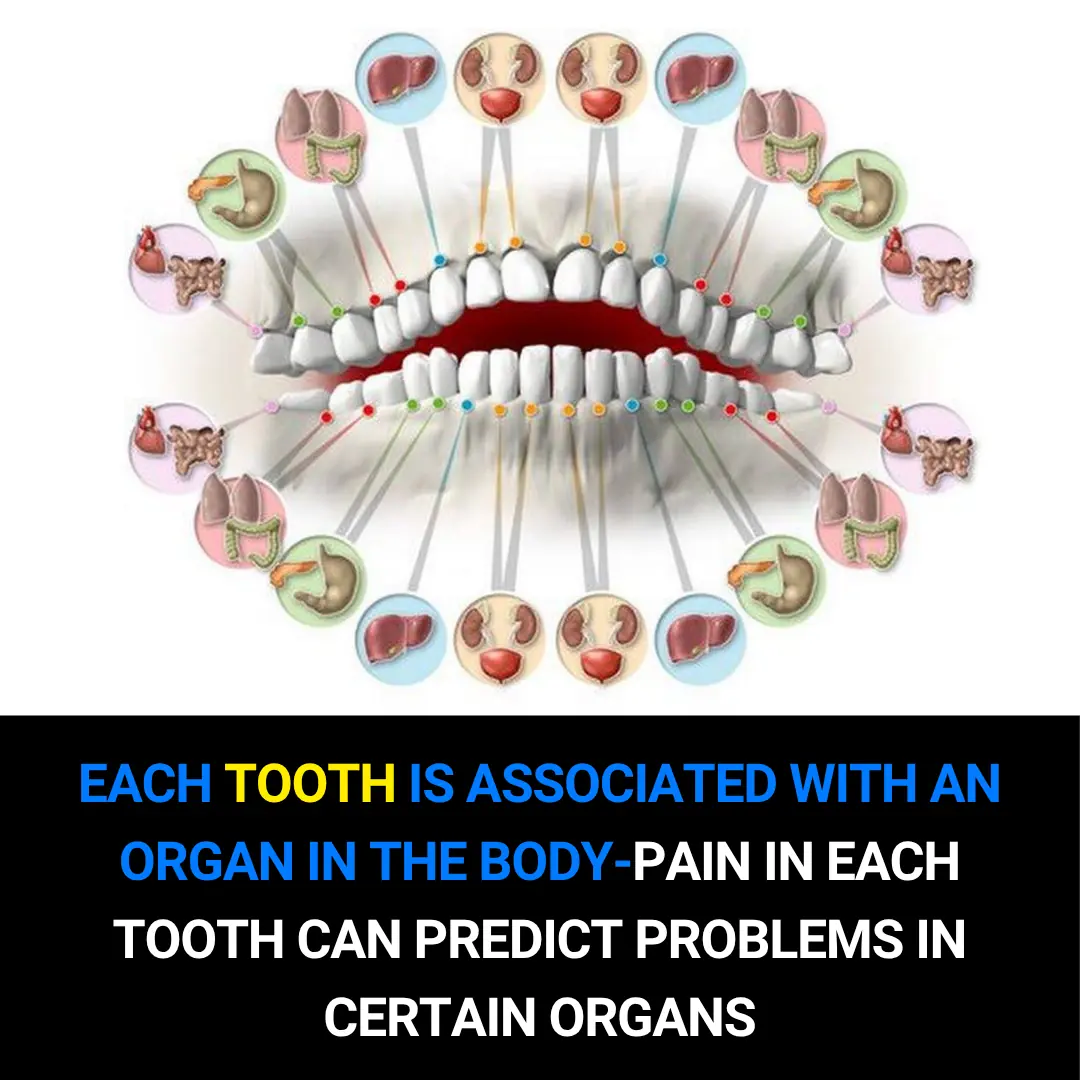
Each Tooth Is Connected to an Organ in the Body – How Tooth Pain May Reveal Hidden Health Problems

7 Heart-Healing Foods Your Cardiologist Won’t Tell You About

What Happens When You Eat 3 Whole Eggs Every Day…You’ll Be Surprised What It Does To Your Body!

This Is What Happens To Your Body The Day You Stop Eating Bread

14 Symptoms of Liver Damage You Need to Know
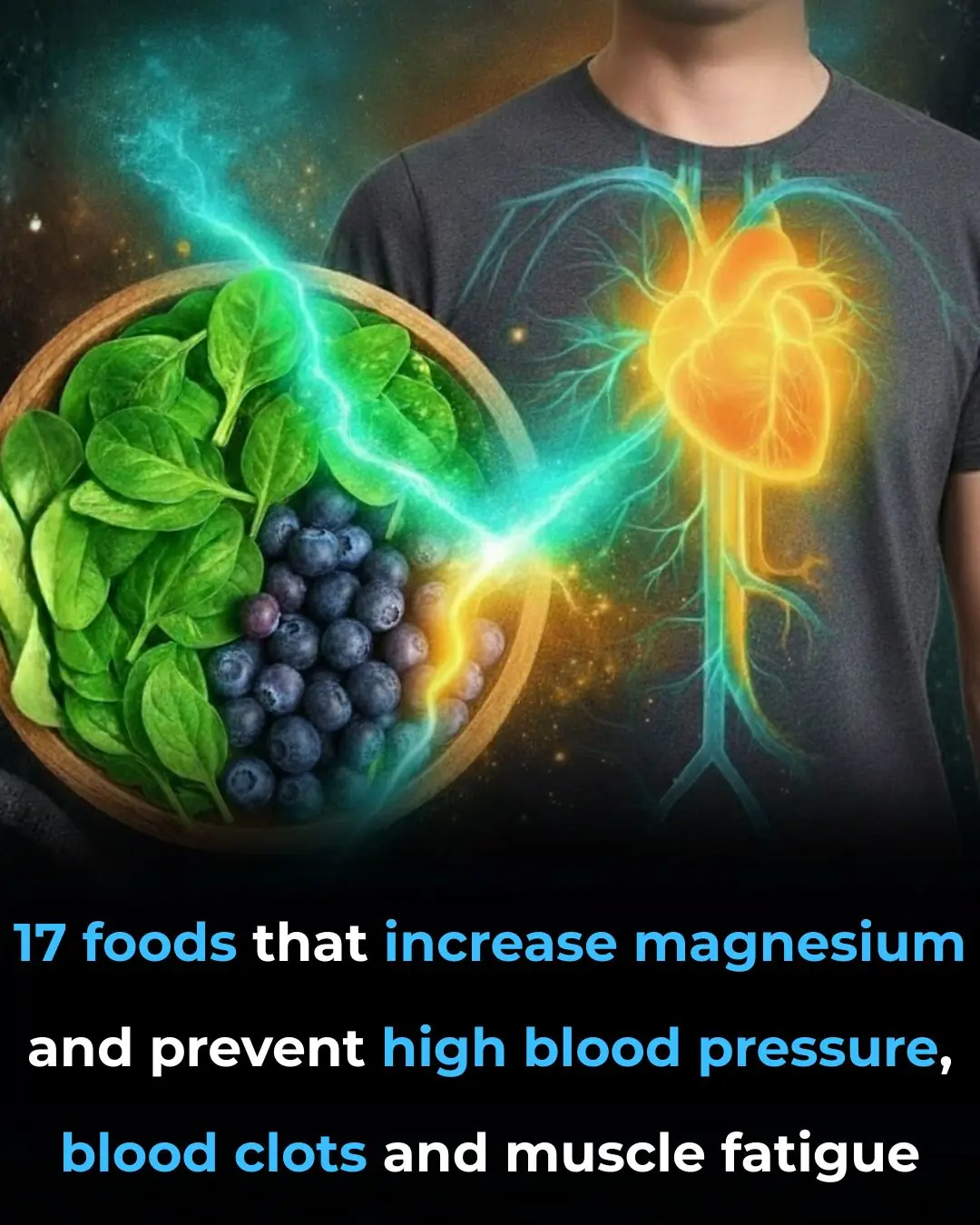
17 Foods That Increase Magnesium And Prevent High Blood Pressure, Blood Clots And Muscle Fatigue
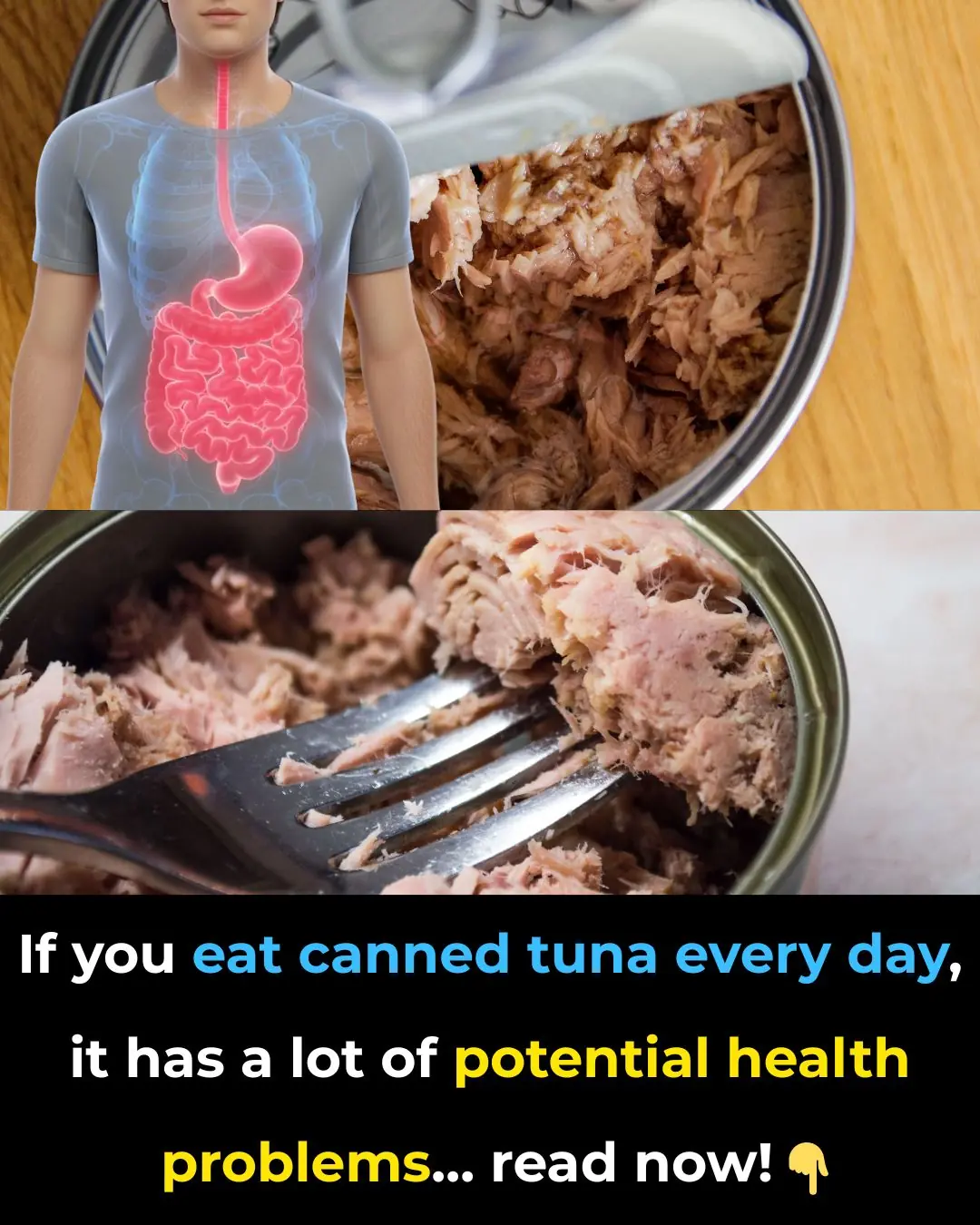
This Is What Happens to Your Body If You Eat Canned Tuna Every Day
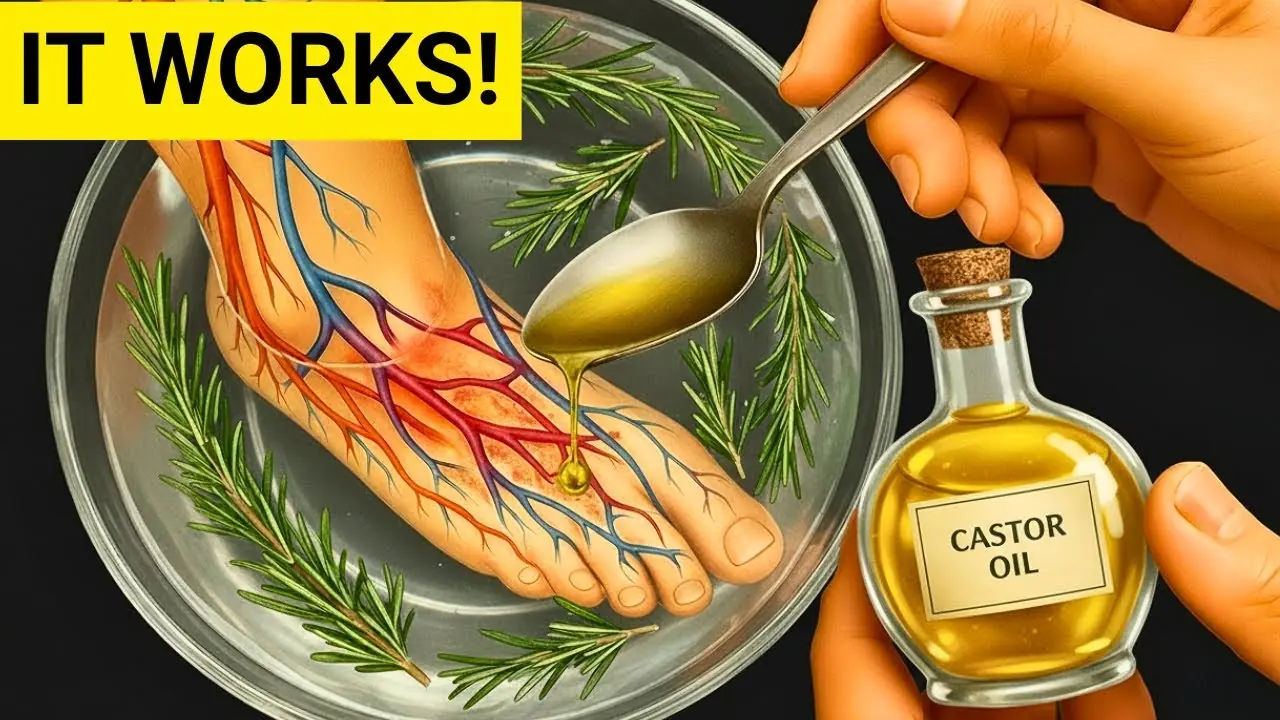
Mix Castor Oil and Rosemary — The 7-Day Results Will Surprise You

This Is What Happens to Your Body the Day You Stop Eating Bread
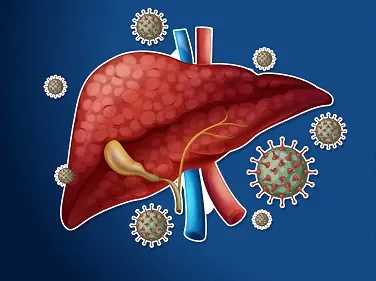
14 Symptoms of Liver Damage You Need to Know
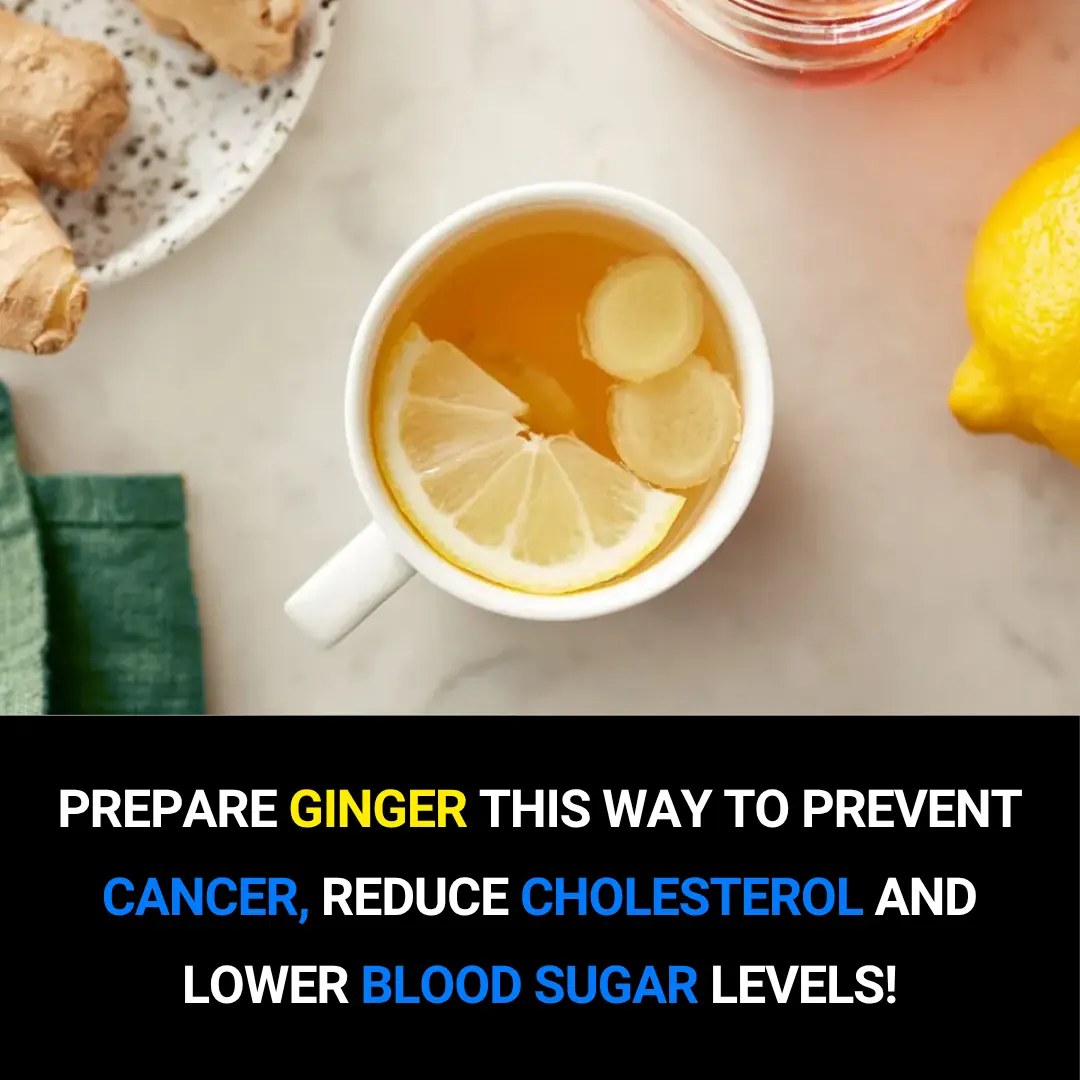
Prepare Ginger This Way to Prevent Cancer, Reduce Cholesterol, and Lower Blood Sugar Levels

How to effectively cleanse your lungs in just 72 hours

Scientists find a berry that can combat cancer, diabetes, and obesity

Doctors reveal that consuming pumpkin causes in...

🚨 The Silent Danger: Early Signs and Prevention of Colorectal Cancer
News Post

I had no clue about this

I had no clue about this!

I had no idea

He drank hot tea every day. The results of his health check left him stunned

I had no idea

IF YOUR BODY SHOWS THESE EARLY WARNING SIGNS YOU NEED TO GET YOUR KIDNEY CHECKED FAST

People left 'speechless' after noticing new addition to the White House website

Neuroscientist reveals chilling things he saw while in a coma as he explains what it really feels like

I had no clue about this!
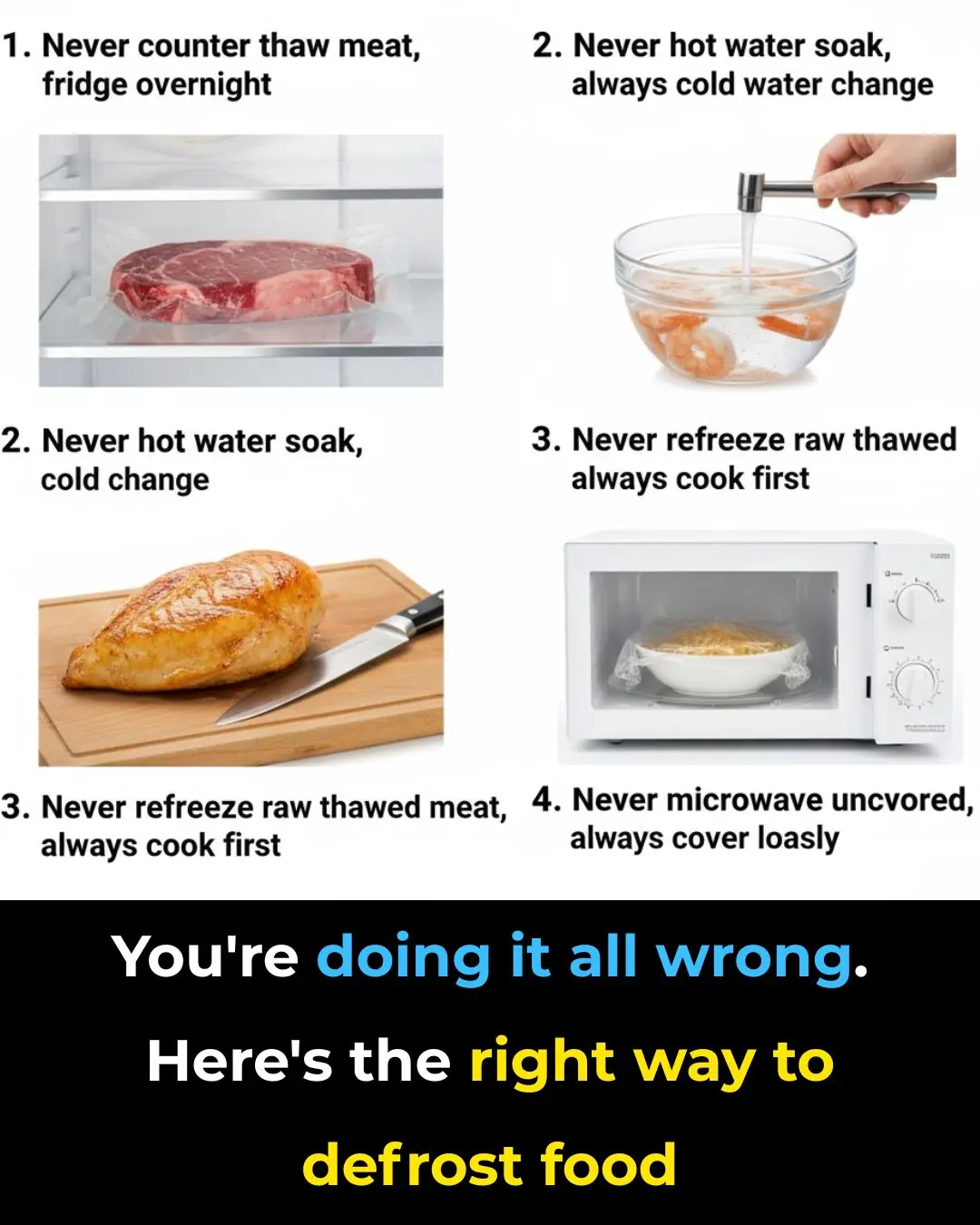
You’re doing it all wrong. Here’s the right way to defrost food
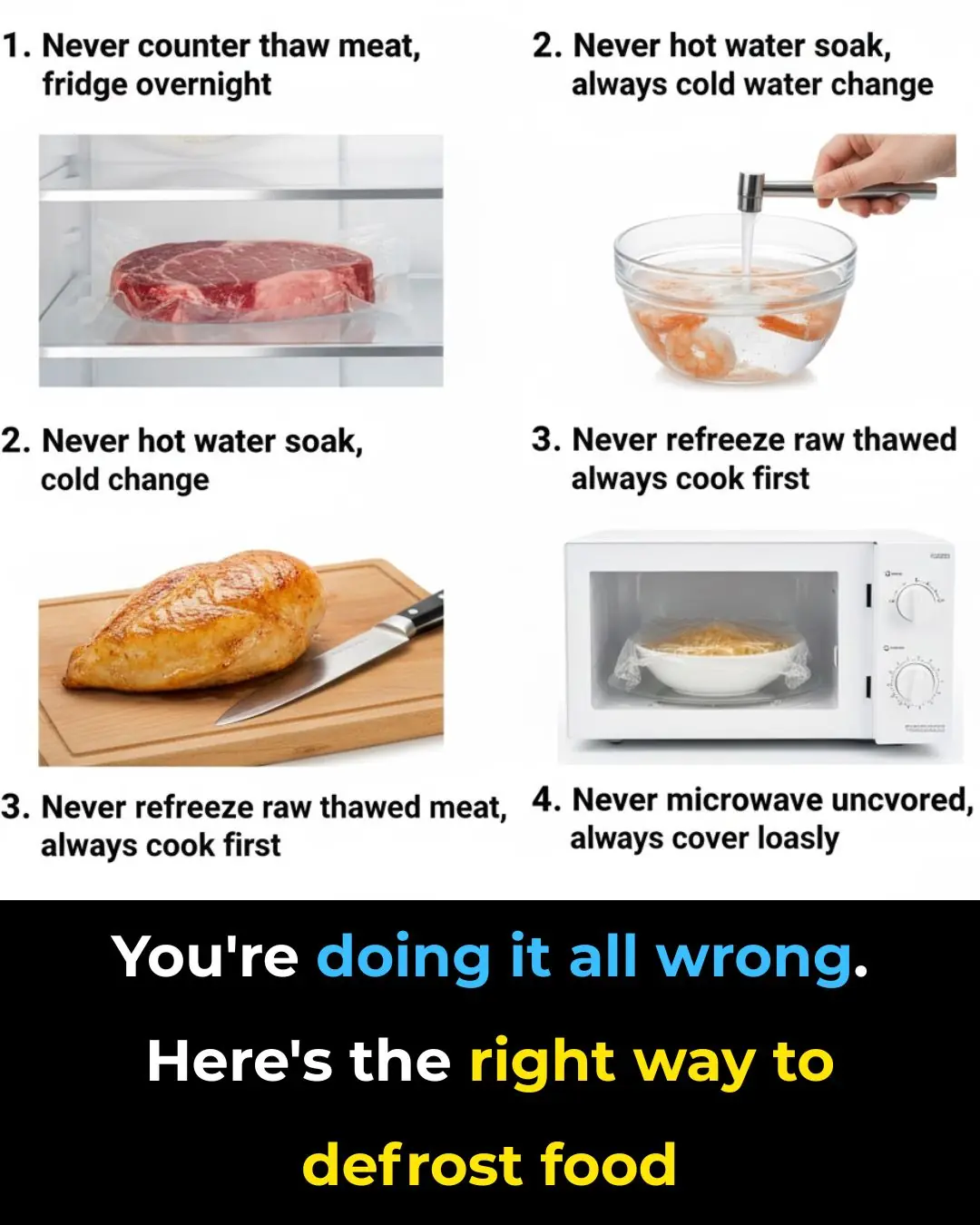
I had no clue about this!

Vertical Nail Ridges? Here’s What Causes Them — and How to Fix It

The Unseen Heroes: A Rescue Dog's Loyalty That Saved My Life

Barrett’s Miracle: A Journey of Faith, Strength, and Prayer

A Farewell to a Friend and His Passion for Music

A Rare Encounter: The Moment a Mountain Lion Meets a Baby

Stray Cats Bring a Bitcoin Mine to a Standstill — And Melt Hearts in the Process

If you sleep with socks on, see what happens
